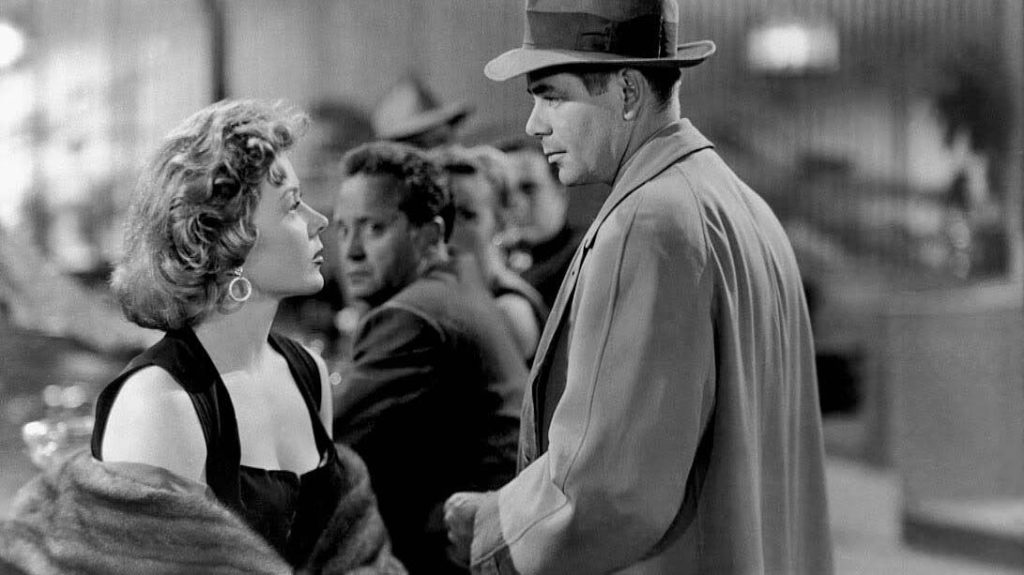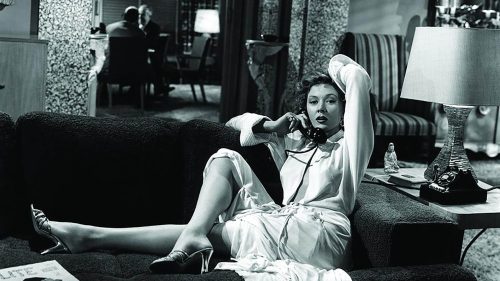
After the suicide of a police officer, a colleague attempts to investigate the incident but is met with a wall of silence from his superiors. He uncovers a vast network of corruption linking the top ranks of the police with organized crime and pays a steep price for his integrity. This textbook noir, despite the restrictions of the Hays Code, manages to convey all the inherent violence in the story to the audience. Fritz Lang wields the camera with his usual mastery, stylizing the mise-en-scène. One of the most extreme sequences, where the villain, played by Lee Marvin, throws boiling coffee on the face of the femme fatale, scalding her, is crafted with a rapid visual montage that, despite not showing any gruesome details, delivers a true gut punch to the viewer.

After the suicide of a police officer, a colleague begins to investigate the incident but faces a wall of silence from his superiors. As he delves deeper, he uncovers a vast network of corruption linking the top ranks of the police with organized crime. His pursuit of justice ...
The composed police officer protagonist, portrayed by an excellent Glenn Ford, navigates between the scum of society and the rot of corruption surrounding him, maintaining an unshakeable aura of honesty. Early in his film career, Lang believed in fate predestining men, but he gradually abandoned this belief and began portraying characters who chose for themselves whether to follow evil or stand on the side of good. American noir, which drew heavily from German Expressionism, finds in Fritz Lang the perfect bridge. The director despised showing violence explicitly, having witnessed horrific crimes during his time in Berlin when he worked with the Alexanderplatz police precinct to deepen his understanding of the criminal world. More than stories of murderers and criminals, Lang preferred to define his films as representations of social evils, a staging of situations meant to shed light and engage the audience.